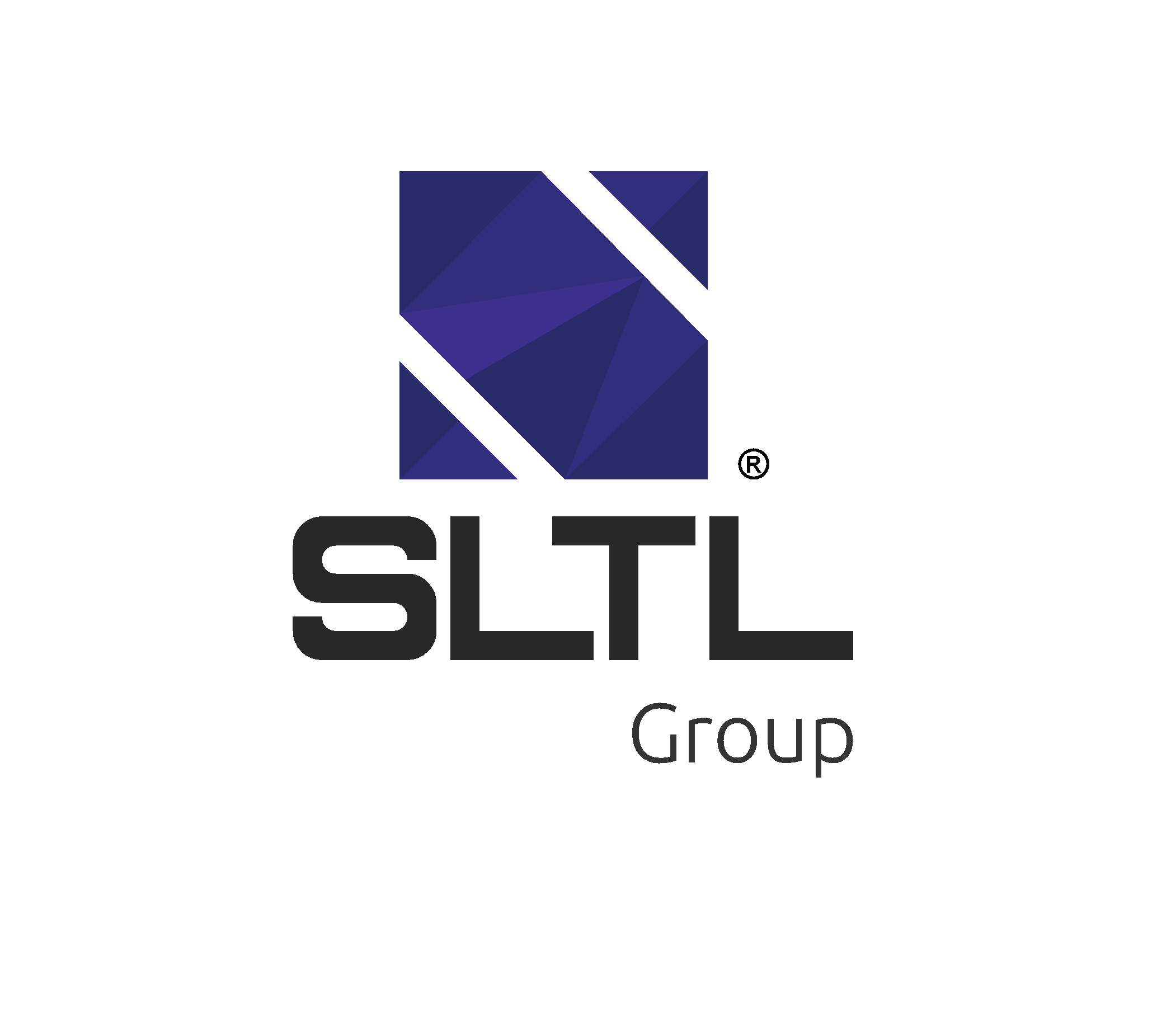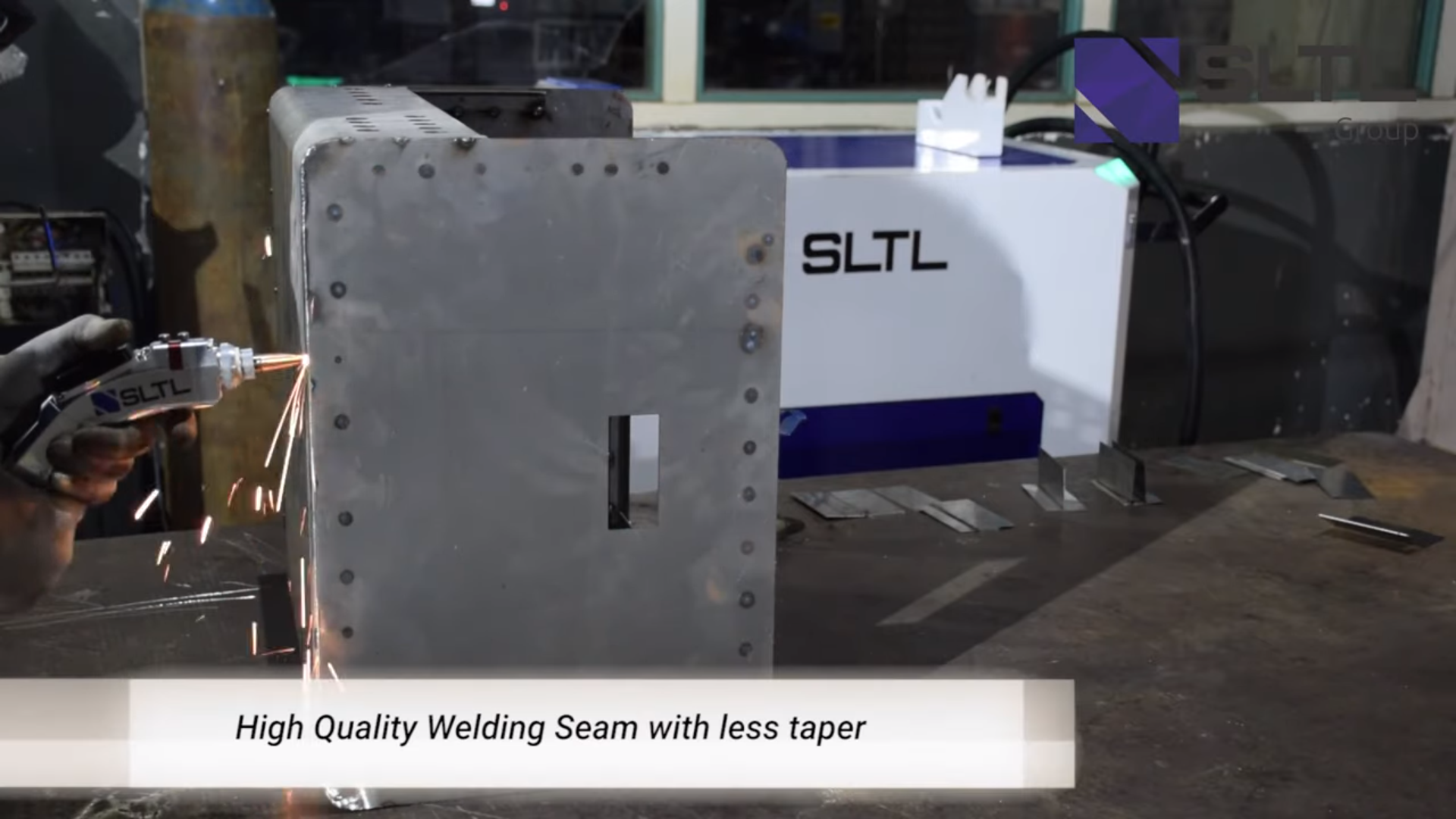Le applicazioni laser si estendono fin dove possiamo immaginare. A partire da applicazioni industriali come il taglio, la saldatura, la marcatura, fino all'industria medica per la scansione, la produzione di utensili di precisione, fino all'industria del lusso per la finitura, l'imprinting e, infine, a qualsiasi settore a cui possiamo pensare.
Do you know what laser technology is and how it is generated? Read on to learn about the technology that is transforming industries.
Have you ever wondered how things around us are made, the things we use on a daily basis? Well, when we narrow it down to understand that it’s done, we’ll understand that most of them are touched by the operations of the laser system. Laser applications extend as far as we can imagine. Starting from industrial applications such as cutting, welding, marking, through to the medical industry for scanning, precision tooling, up to the luxury industry for finishing, imprinting and finally any sector we can think of. So, what is laser technology ?
Laser basic principle:
By laser definition , he states “A laser is a device that emits light through an optical amplification process based on the stimulated emission of electromagnetic radiation”. Although the term LASER sounds like a salutary expression, it is actually an acronym for “light amplification by stimulated emission of radiation”. As we explained the acronym laser and when we look around today, laser is spread across a wide spectrum of applications but its inception is not far off. In 1960, Theodore H. Maiman, while at Hughes Research Laboratories, built the first laser.
“Although the term LASER sounds like a healthy expression, it is actually an acronym for “light amplification by stimulated emission of radiation”
How the laser works:
A typical laser consists of 5 main components, namely: average gain, laser pumping energy, high reflector, output coupler and laser beam. A gain medium is a material with a tendency to amplify light with stimulated emission. Light with a specific wavelength is amplified (increases in power) when it passes through a gain medium.
In laser work the gain medium is supplied with energy to amplify the light through the process known as pumping. The energy supplied is in the form of an electric current or variable wavelength light. Another laser or flash lamp provides the pump light.
Since the inception of the laser, it has been spread more widely due to its ability to focus power precisely, customizing laser sources to achieve broad laser applications and higher operating speed.
A typical laser uses feedback from a pair of mirrors mounted on either side of the gain medium; the system is often called an optical cavity. Whenever light bounces between these two mediums, it passes through the gain medium and is amplified each time in the process. One of the two mirrors that act as an output coupler is translucent allowing some of the light to escape through the mirror. The cavity of the design determines the shape of the mirrors (flat or curved). The nature of the diverging or narrow light beam depends on the shape of the mirrors. This amplifying device is rather known as a laser oscillator.
Since the inception of the laser, it has been widely spread more due to its ability to concentrate power precisely, customizing laser sources to achieve wide laser applications and higher operating speed. There are different types of lasers which have a wide range of applications. Some of the types of lasers commonly used in the industry are:
Types of lasers and their applications:
1. Gas laser
When an electric current is discharged through a gas to produce coherent light, it forms a gas laser. Based on the principle of converting electrical energy into laser light emission, gas lasers were the first continuous light lasers. The history of the first gas laser dates back to 1960, when Iranian-American physicist Ali Javan and American physicist William R. Bennett invented the helium-neon laser. (He-Ne). Mainly, He-Ne lasers due to low cost and high coherence are used for optical research and educational laboratories. While capable of outputting hundreds of watts in single space mode, carbon dioxide (CO2) lasers are used in industries for cutting and welding.
The history of the first gas laser dates back to 1960, when Iranian-American physicist Ali Javan and American physicist William R. Bennett invented the helium-neon laser.
2. Chemical lasers
A large amount of energy rapidly released from chemical reactions builds chemical lasers. With its tendency to release high power energy it serves a special application in the military. When chemical lasers are powered by gas streams, it has demonstrated industrial applications.3. Excimer laser
Excimers are the molecules that can exist with an atom in an excited electronic state. This laser technology uses a special gas laser driven by an electric discharge, where the laser medium is an excimer or ecciplex in modern designs. These lasers operate at a wavelength equal to that of ultraviolet and have important applications in photolithography and LASIK (laser in-situ keratomileusis) eye surgery.
4. Solid state laser
In a solid state, the laser gain medium is solid unlike liquid in dye lasers and gas in gas lasers. It uses a glass rod or crystalline rod that is “doped” with ions that provide energy states. Solid-state lasers are mainly used for the development of defense weapons.
5. Fiber laser
The total internal reflection in solid-state lasers or laser amplifiers is driven into a single-mode optical fiber called a Fiber Laser. As a result of light traveling through long gain regions, it provides strong cooling conditions. Thanks to the high surface area to volume ratio, it provides efficient cooling. Fiber lasers have an important application in industry for cutting, marking, welding, hardening and coating.
Sahajanad Laser Technology limited, India has introduced the first fiber laser cutting and marking systems in the world . SLTL Group introduced this technology to the industry to meet high quality needs.
6. Photonic crystal laserA large amount of energy rapidly released from chemical reactions builds chemical lasers. With its tendency to release high power energy it serves a special application in the military. When chemical lasers are powered by gas streams, it has demonstrated industrial applications.
3. Excimer laser
Excimers are the molecules that can exist with an atom in an excited electronic state. This laser technology uses a special gas laser driven by an electric discharge, where the laser medium is an excimer or ecciplex in modern designs. These lasers operate at a wavelength equal to that of ultraviolet and have important applications in photolithography and LASIK (laser in-situ keratomileusis) eye surgery.
4. Solid state laser
In a solid state, the laser gain medium is solid unlike liquid in dye lasers and gas in gas lasers. It uses a glass rod or crystalline rod that is “doped” with ions that provide energy states. Solid-state lasers are mainly used for the development of defense weapons.
5. Fiber laser
The total internal reflection in solid-state lasers or laser amplifiers is driven into a single-mode optical fiber called a Fiber Laser. As a result of light traveling through long gain regions, it provides strong cooling conditions. Thanks to the high surface area to volume ratio, it provides efficient cooling. Fiber lasers have an important application in industry for cutting, marking, welding, hardening and coating.
Sahajanad Laser Technology limited, India has introduced the first fiber laser cutting and marking systems in the world . SLTL Group introduced this technology to the industry to meet high quality needs.
6. Photonic crystal laser
Nanostructure-based lasers that provide the mode confinement and optical state density structure (DOS) required for feedback to occur.
7. Dye laser
Another type of lasers are dye lasers which have an organic dye as a gain medium. These lasers are highly tunable (the wavelength can be changed). Although these lasers are solid-state lasers, scientists have also demonstrated emission in dispersive oscillator tenability incorporating solid-state dye gain media. These lasers are used for astronomy (laser-guided study of stars), spectroscopy, isotope separation of atomic vapor, and many others.
8. Free electron laser
Free electrons, as the name suggests, are not bound to atomic or molecular states, rather they use a relativistic electron beam as a laser medium. These lasers cover a wide range of wavelengths, from microwaves to infrared to soft X-rays. Due to their independent nature, they have the widest possible wavelength range.
Types of laser operations:
There are many types of lasers, as mentioned earlier, but they mainly work in two different forms: continuous wave operation and pulsed operation.
Continuous wave operation:
As the name suggests, when the beam imparts power for a constant over time, it is referred to as continuous wave operation. To satisfy many industrial applications, some lasers operate in continuous wave. Many lasers operate in different longitudinal modes and beat at gradually different frequencies to produce amplitude changes on smaller than round-trip time scales, often sub-nanoseconds. Such lasers are still regarded as continuous wave operation as they tend to deliver constant power over a long period of time.
Pulse operation:
Pulsed laser works differently than continuous wave operations. These lasers deliver optical power in pulses, repeated over a period of time. These lasers are customized to output pulses of time interval power depending on its applications. This encompasses a very wide range of applications.
The purpose of the article was to develop a basic understanding of laser technology. Next, we will look at its applications in different industries and how laser technology affects our daily life.
Thank you for reading. And yes, don’t forget to subscribe to this blog to get the latest trends straight to your inbox.
You may be interested in:





Comments